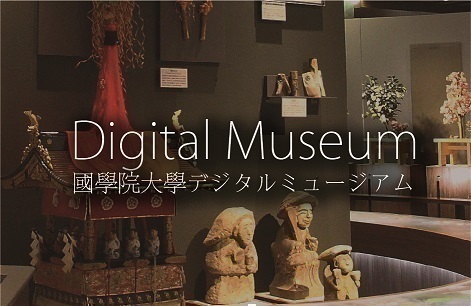- トップ
- Encyclopedia of Shinto
- Tsukuyomi
Encyclopedia of Shinto
| Main Menu: | |
| Links: |
詳細表示 (Complete Article)
| カテゴリー1: | 2. Kami (Deities) |
|---|---|
| カテゴリー2: | Kami in Classic Texts |
| Title | Tsukuyomi |
| Text | [Tsukuyomi no mikoto] (Kojiki)(Nihongi) Other names: Tsuki no kami (Nihongi), Tsukiyomi no mikoto, Tsukiyumi no mikoto (Nihongi). The second of Izanagi and Izanami's "three noble children," and usually considered a male kami with rule over the night. The name tsuku-yomi is thought to be originally related to the lunar calendar, and refers to the "reading" (yomu) of the phases of the "moon" (tsuki). According to Kojiki and an "alternate writing" in Nihongi, Tsukuyomi came into being when Izanagi washed his right eye as he was undergoing ablution. Tsukuyomi was entrusted by Izanagi with rule variously over the sea (Nihongi) or over the realm of night (Kojiki). In the main account of Nihongi, Tsukuyomi is produced jointly from Izanagi and Izanami, and is entrusted to the sky as a complement to the sun kami. In another "alternate writing" related by Nihongi, Tsukuyomi comes into being from the white copper mirror held in Izanagi's right hand. These accounts of the kami's genesis, involving the juxtaposition of left eye to right eye, left hand to right hand, and sun to moon, tend to agree with the interpretation of Tsukuyomi as a male counterpart to Amaterasu, who is commonly considered female. In Kojiki, Tsukuyomi does not appear again after the anecdote regarding his birth, but an "alternate writing" in Nihongi relates that Tsukuyomi originally resided together with Amaterasu in heaven, but after killing the kami of foods Ukemochi, he was condemned by Amaterasu as an "evil kami" and forced to live apart from the sun, resulting in the separation of day and night. Nihongi's record of Emperor Kensō includes an episode in which a human medium delivers an oracle of the moon kami stating that land should be offered to the kami Takamimusuhi. The fact that the aforementioned "alternate writing" transmitted by Nihongi describes Tsukuyomi as ruler of the sea and killer of the food deity Ukemochi gives him characteristics in common with the kami Susanoo; in consideration of the theme of the killing of the food deity and the relation of the moon to harvest in the lunar calendar, Tsukuyomi can be considered a tutelary of agriculture. Tsukuyomi is the object of worship (saijin) at the detached shrine (betsugū) Tsukuyomi no Miya of the Grand Shrines of Ise (Ise Jingū), as well as at several shrines listed in the Engishiki (see shikinaisha) in the Yamashiro and Ise areas. -Mori Mizue |




